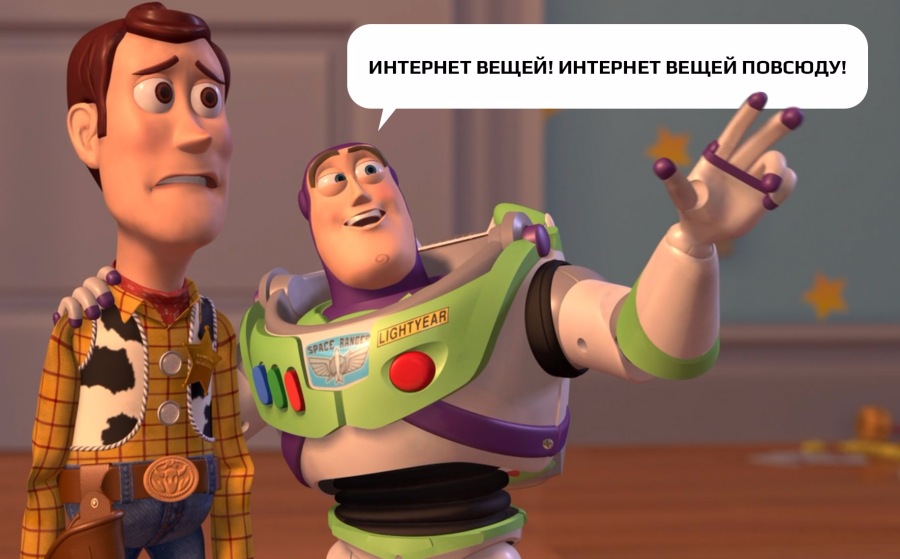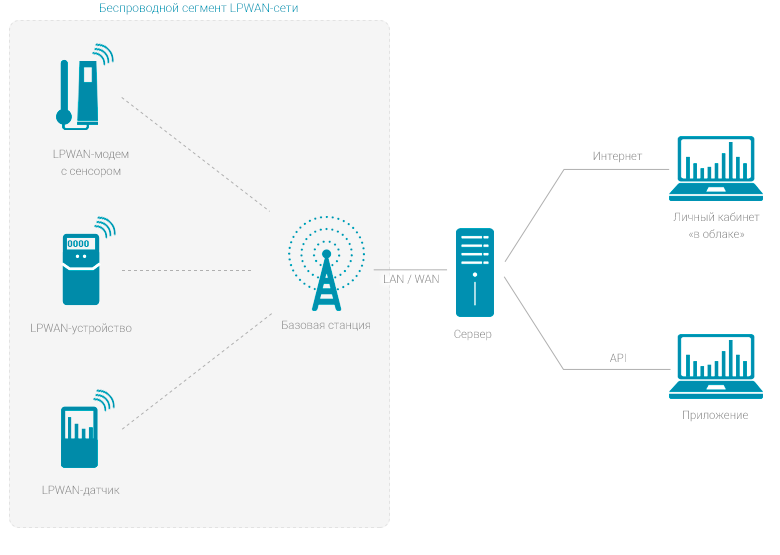The Internet of Things: key trends to follow in 2018

Nearly 250 years after James Watt filed his first patent in 1769, we reached a turning point in this new industrial revolution — today, the evolution of ecosystems allows for the realization of a new wave of innovative products.
Based on the analysis of more than 200 hardware startups, HAX specialists in their Hardware Trends Report highlighted the key ways of developing the “world of connected devices” and its impact on our lives in the coming years.
General trends
The emergence of the Internet has become a revolution, but this is only the beginning: the physical world is being rethought, today every sphere of human life is subject to the influence of new technologies. Investments are growing: 36 startups attracted more than 100 million US dollars each (for comparison: three years ago there were 8 such companies), 18 “unicorns” companies appeared (private companies with an estimated market value of at least 1 billion US dollars), which makes up about 10% of the global
welfare.
Machine learning, big data, consumer goods, healthcare technologies, service and industrial robots and various corporate solutions - today there is a place for the application of artificial intelligence technologies.
Insurance companies are increasingly collaborating with start-ups in the field of the Internet of Things (IoT). Insurers can contribute to the spread of this concept, in turn, IoT can be an effective tool in the work of insurance companies.
Home appliances are transformed
As markets grow and segment, many products are enhanced using deep technology and big data. New devices are becoming specialized, personalized and intelligent, adapting to the needs of modern man.
The smart home is still mostly made up of standalone products, but voice services such as Amazon Alexa, Google Home, Apple Siri, and Microsoft Cortana go ahead. They can create a long-awaited platform that will make the entire ecosystem of devices more user-friendly.
And finally, crowdfunding has become a powerful platform for launching new projects.
Medical technologies are moving from surveillance to prevention and treatment.
Digital therapies are beginning to complement pharmaceutical products and even compete with them. New devices help in the fight against various physical and mental diseases - from insomnia and depression to infertility and back pain. The healthcare sector is committed to the concept of P4 Medicine: prognosis, prevention, personalization, participativeness.
Will this mean the coming of the Healthy Generation, as suggested by Alex Gorsky, CEO of Johnson & Johnson? Maybe. Moreover, health data and related devices will become critically important to a person: “Transferring your data can help more than donation,” said HAX Managing Director Duncan Turner.
What is in Russia?
IDC, which annually conducts the Russia Internet of Things Market 2017-2021 survey, provides the following data. According to her latest report, investment in software, hardware, communications and other services for developing innovative solutions in the IoT industry in Russia will grow by 22% every year.
Researchers predict that in 4 years investment in IoT in the country will amount to 9 billion dollars, which is three times more than last year. With a 22 percent increase this year, funding could reach $ 4.25 billion.
In 2017, IDC analysts' forecasts were not confirmed, since the level of investment was slightly lower than expected. The reason for this is the strengthening of the ruble and other factors that influenced the IoT market.
Director of Research at IDC in Russia, Elena Semenovskaya, stressed that customers are constantly interested in IoT technologies. The only thing that stops them from their implementation is the lack of guarantees for the return of these investments and the conditions for regulating the industry. In this regard, a program to build a digital economy is being developed, which is likely to help speed up the process of standardization and regulation.
One of the companies that are creating solutions for the Internet of Things is Strizh Telematika. Its main areas of activity are housing and public utilities, smart city, agriculture and security. Moreover, it is the first provider of LPWAN solutions in the territory of the CIS countries.

LPWAN from the “low-power wide-area network” is a wireless way to transmit information over long distances. This technology was created specifically for the m2m-industry and the Internet of Things. All connected devices receive data from various sensors. They transmit them to the base stations via a radio channel. Each station performs the functions of receiving signals, digitizing information and transmitting it to a remote server. At the final location, data analysis, conversion to reports and further decision making takes place.
By the way, the other day, the company will present its products to the public in Moscow.
You can also select the project PROMBOT . This is an autonomous service robot assistant. The developers say that he understands live speech, answers questions, supports the conversation, remembers all the dialogues, recognizes interlocutors, helps with navigation in public places and broadcasts promotional materials.

The Internet Initiatives Development Fund in October 2016 invested RUB 150 million in Promobot. Sergey Negodyaev, managing director of the IIDF investment portfolio, sees robots in the role of salesmen and consultants of communication salons and banks, managers on cold calls and collection of applications for the sales department. It is expected that in case of replacement of line personnel in the sales and service sphere with robots, the potential market will exceed 613 billion rubles.
Well, wait and see.
All Articles